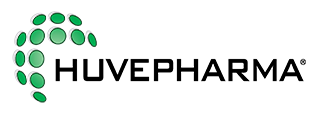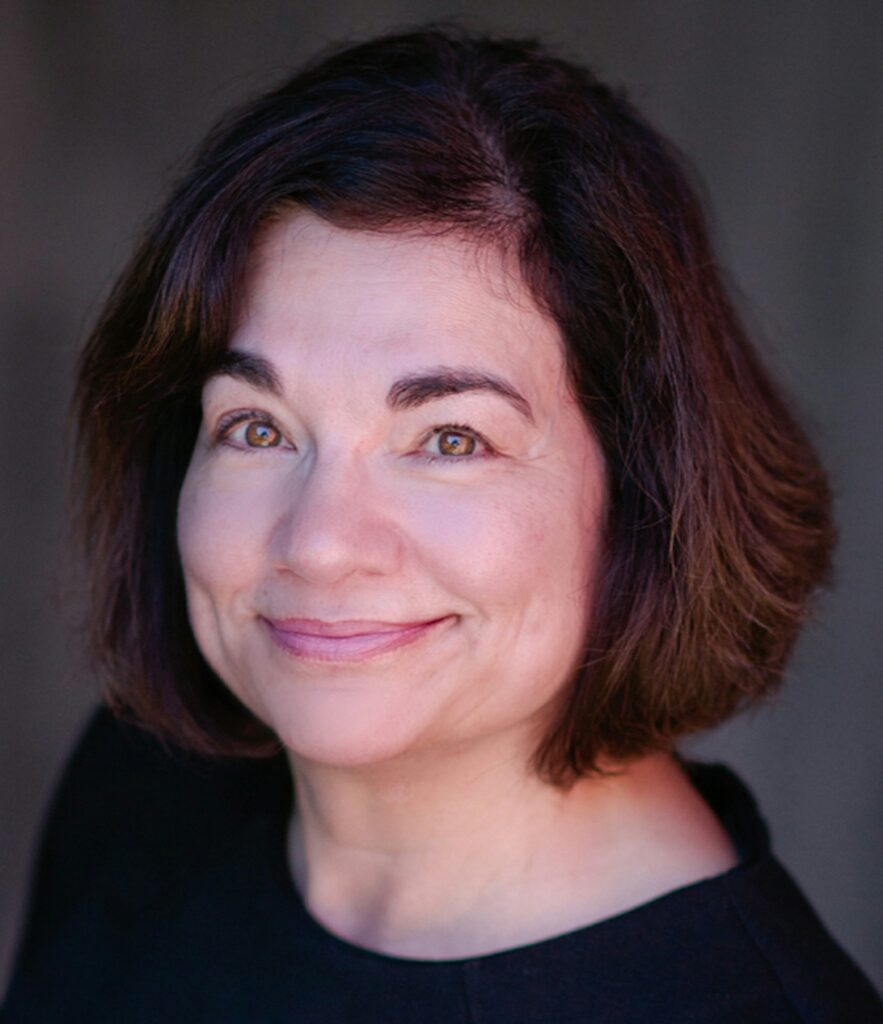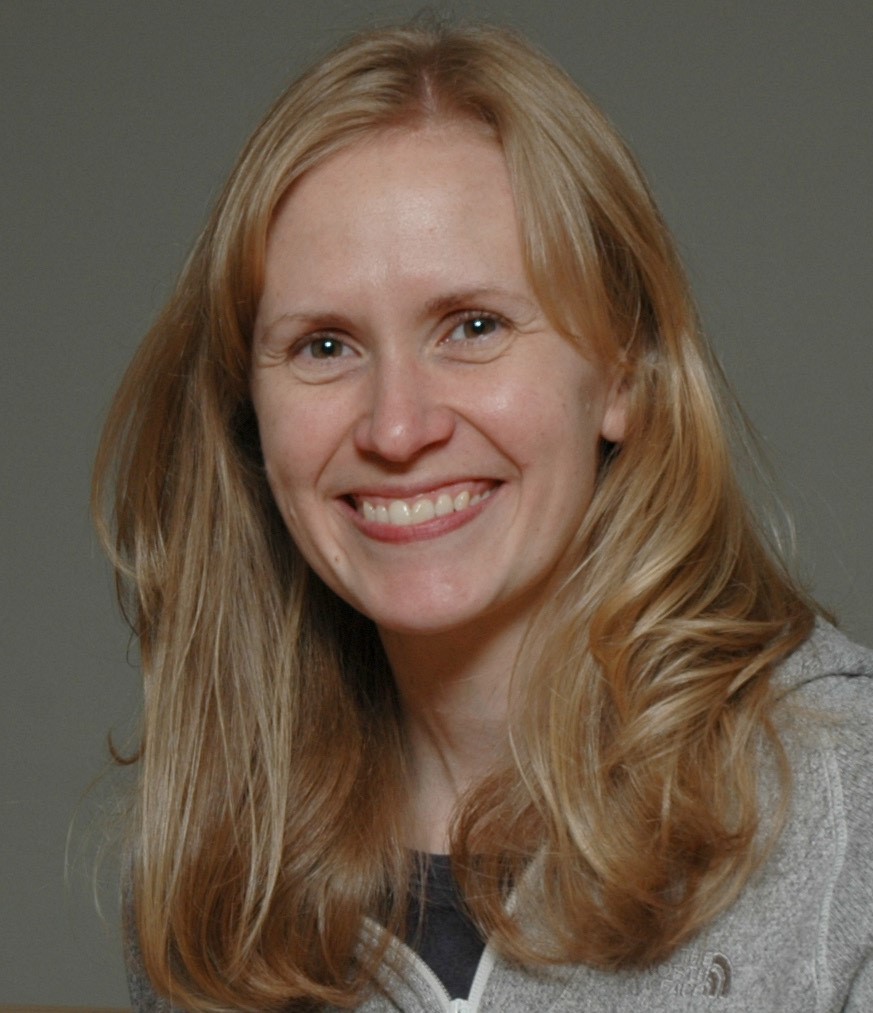
We recently spoke to Jen Albrecht, Huvepharma, and Mary Ann Pfannenstiel, a consultant for the company, about their recently issued patent that is important to animal health.
What do you do at Huvepharma and how long have you been with the company?
Jen: I am the Quality Control Manager, and have been with the company for 3 years. Prior to working for Huvepharma, I was with Benchmark Biolabs for 15 years before we were acquired by Huvepharma.
Mary Ann: I have worked for Huvepharma since the time they acquired Benchmark Biolabs. At Huvepharma, I was Vice-President of Technical Training and Development, and have been working as a Consultant for almost three years. Prior to working for Huvepharma, I worked at Benchmark Biolabs for 20 years as Laboratory Director, then Vice-President for Laboratory Services.
Tell us about your patent.
Mary Ann: The patent is entitled “Antibiotic-Free Compositions for the Prevention or Control of Coccidiosis.” The patent describes how to prepare Eimeria oocysts and coccidiosis vaccines that remain pure and potent without the use of antibiotics. Antibiotics are often used in vaccines to prevent growth of contaminating bacteria or fungi that will destroy the effectiveness and safety of the vaccine.
Coccidiosis vaccines that are available commercially in the United States contain live oocysts; that is, the oocysts must be alive for the vaccine to be effective. The novelty of the invention is that a method was found to inhibit or kill contaminating bacteria or fungi, while maintaining the viability of the oocysts.

Mary Ann Pfannenstiel

Jen Albrecht
Why is it important to animal health?
Mary Ann: Coccidiosis is the most significant disease affecting the US broiler industry. More than $90 million is spent in the US, and more than $3 billion is spent worldwide to control coccidiosis. Despite measures to control the disease, worldwide losses due to the disease are estimated at $300 million. Programs to limit the effects of coccidiosis include coccidiostats, husbandry procedures such as diet, cleanliness and biosecurity procedures, and vaccines.
A number of coccidiosis vaccines are available commercially, and contain antibiotic preservatives, or high concentrations of a chemical preservative that is highly toxic. Due to the pressure to limit use of antibiotics in both human and animal health, it is desirable to provide vaccines to the poultry industry that do not contain antibiotics.
What does this patent mean for Huvepharma?
Mary Ann: The patent means Huvepharma controls the manufacturing of a coccidiosis vaccine using the technology described in the patent. No other company or institution can use this technology in preparing coccidiosis vaccines without licensing it from Huvepharma.
Is this your first patent?
Jen: Yes
Mary Ann: No.
Any advice for future inventors?
Mary Ann: Before you develop procedures and produce data that may result in an invention, become familiar with the breadth of published literature and patent literature that is pertinent to your work. This will be important to know if your procedures are novel, are not obvious in published literature to one skilled in the art, and therefore may be patentable. Familiarity with patents will also be an alert that the work you are performing will not result in patent infringement. If these are assessments you find difficult to answer, a patent attorney will provide assistance.
If your work appears to be patentable, data is developed to support the claims in the patent. This data cannot be publicly disclosed in publications or scientific meetings prior to patent publication or this will invalidate the patent.
Anything else you would like to add?
Mary Ann: Inventors fall into two categories, individuals who conceive the invention and individuals who work independently to demonstrate that the invention works. You only need to conceive the idea to apply for a patent. In the US, you can file a provisional application, then you have one year to file for a non-provisional patent and during this time additional data can added to demonstrate that the invention works.
If you are an employee of an institution that provides salary and facilities to enable the patent, the patent rights are owned by the institution, and this is typically described in your employee agreement.
We first heard about this from a fellow Bio Nebraska member, AlbrechtGFX, a scientific illustration company run by Don and Jean Albrecht, Jen’s parents. How did they help foster your career path in the sciences?
Jen: Both of my parents were teachers before they started their own business. They didn’t push me to pursue a particular field, but I always understood the value of an education and a healthy dose of curiosity.
